
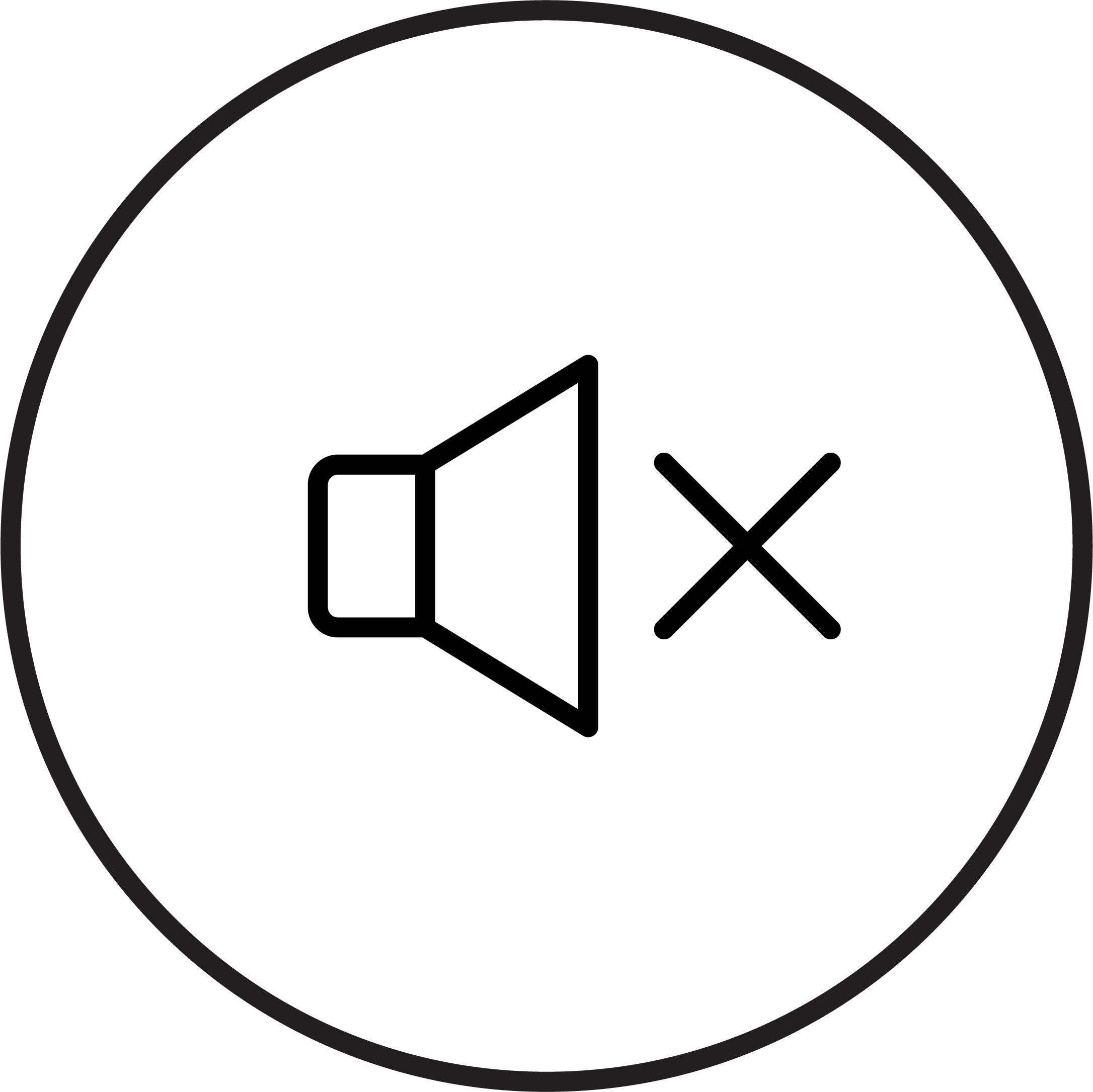
On 28th April, Pope Francis visits Hungary
for three days.
This will be the Pope's forty-first pilgrimage outside Italy, and the second time visiting Hungary.
A papal visit is a politically and religiously important event in the life of a country.
THE POPE ON THE ROAD
Pope Francis’ Apostolic Journey to Hungary
As Pope Francis arrives in Hungary for a three-day visit, it's worth taking a closer look at his global travels. The Pope's journey around the world has been nothing short of extraordinary, marked by memorable moments that have captured the attention of the world. From addressing climate change in the United States Congress to visiting refugees on the Greek island of Lesbos, the Pope's global influence has been used to tackle some of the world's most pressing issues. In this data-driven exploration, we will take a closer look at the Pope's travels, examining the data behind his worldwide pilgrimages and uncovering insights into the impact of his global outreach.
The illustrations in this article were created using Midjourney, an image-generating artificial intelligence. More on its methodology is given at the end of this article.
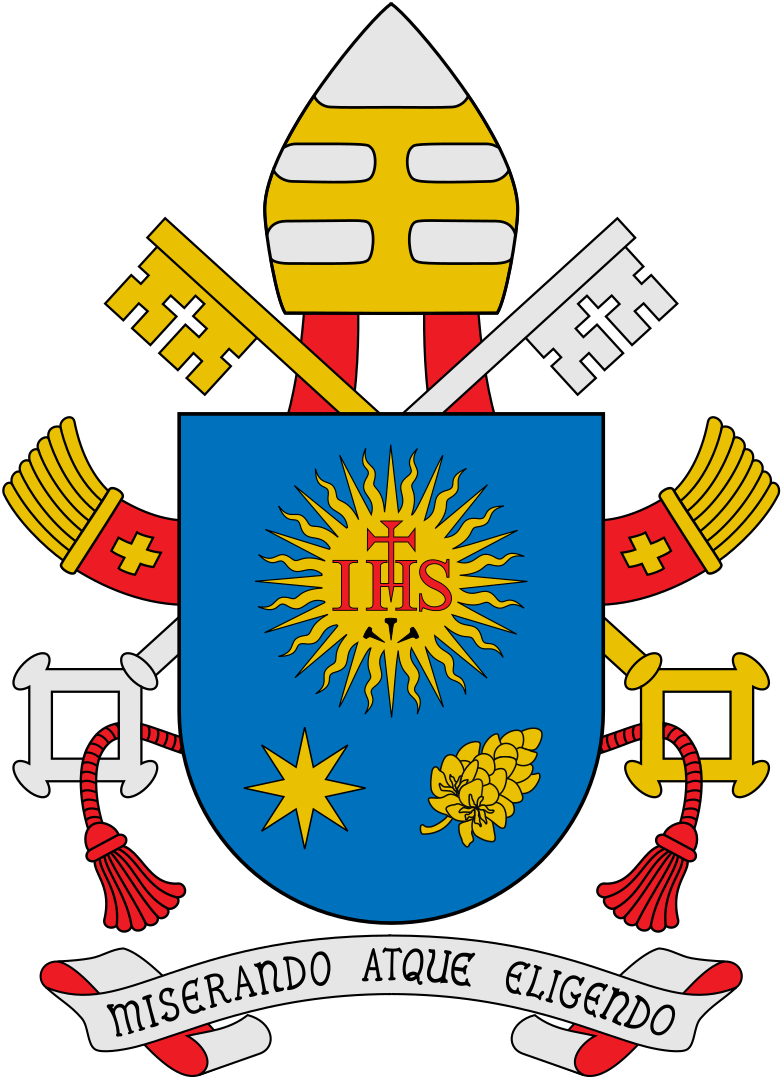
Francis in Hungary
On 28 April 2023, Pope Francis arrives to Budapest, the capital of Hungary, for a three-day visit. It is rare for Pope Francis to return to a country for the second time in such a short time. He has already returned to Greece and Cuba for a second visit. His first visit to our country was for an international Catholic event, the International Eucharistic Congress, and this time for the country itself, though the reason for his return is not clear. Our conversation with Vatican expert Aurel Márk Érszegi reveals that the Pope said of the reason for his return to Hungary – already at the end of his 2021 trip – that “there is much of value in Hungarians”. Later, he also said that he would like to visit smaller, lesser-known countries in Europe, as they also have a significant culture. In other words, he himself intends to use his visit as a way of raising awareness: “the world should pay attention to Hungary, its spiritual, intellectual, cultural and human values”
According to the Vatican expert, one of the significance of the Pope's visit is that for Hungary, the relationship with the Holy See (i.e. the Roman Pontiff) is of fundamental identity-building importance. He believes that international recognition by the Pope, embodied in the crown he sent to St Stephen, played an important role in consolidating Hungary's statehood. In addition, the Pope's visits always have a topicality and a message for the present, as will be clear from his address to the country.
Some of Pope Francis' ideas are close to those of the Hungarian government. For example, peaceful and constructive inter-religious cooperation, promoting the cause of peace, and helping to improve the situation of persecuted or hard-pressed Christian communities.
In the first place, all papal visits are religious in nature, as the head of the Catholic Church visits the faithful in a particular country. This time, the Pope's aim is to get to know Hungary and Hungarian Catholics better. This is reflected in certain elements of the programme, such as social meetings with young people, the poor and various categories of the Hungarian Catholic Church.
However, the Pope is also head of state, so there is always a political dimension to a papal visit, according to the Vatican expert: he is invited by both church and state. The political significance of the visit will be reflected in the programmes at the Sándor Palace and the Carmelite Monastery of Buda. The Pope will be received at the airport and at the Alexander Palace with state honours.
The Pope’s carefully planned three-day programme has great symbolic significance. The visit has a promotional value, as it will rise the interest of many to see what it is that will prompt him to visit Hungary for a second time so soon. According to Érszegi, the individual elements of the programme help to answer this question. Partly by their beauty, such as the St Stephen’s Basilica, Buda Castle or Kossuth Square, and partly by the significance and message of the encounters there: the Church’s care of the people or the visitation of a catholic university. "The closing Holy Mass itself connects the Hungarian Church to the world Church and can show the world the uniquely Hungarian values".
Pope Francis will arrive at Budapest’s Liszt Ferenc International Airport on 28 April at 10am, from where he will go straight to the Sándor Palace. He will meet with President Katalin Novák and Prime Minister Viktor Orbán. He will then spend a few hours at the Holy See Embassy in Hungary, where he will stay during his stay in Budapest. He will have a suite in the building and will be protected by the Vatican Secret Service and the Swiss Guard. According to the Hungarian website dedicated to the Pope’s visit, he will end the day at St Stephen’s Basilica.
The map shows the Pope's route based on the road closure information provided by the Budapest Police Headquarters. By navigating the cursor to the points you can read more information about each stop.
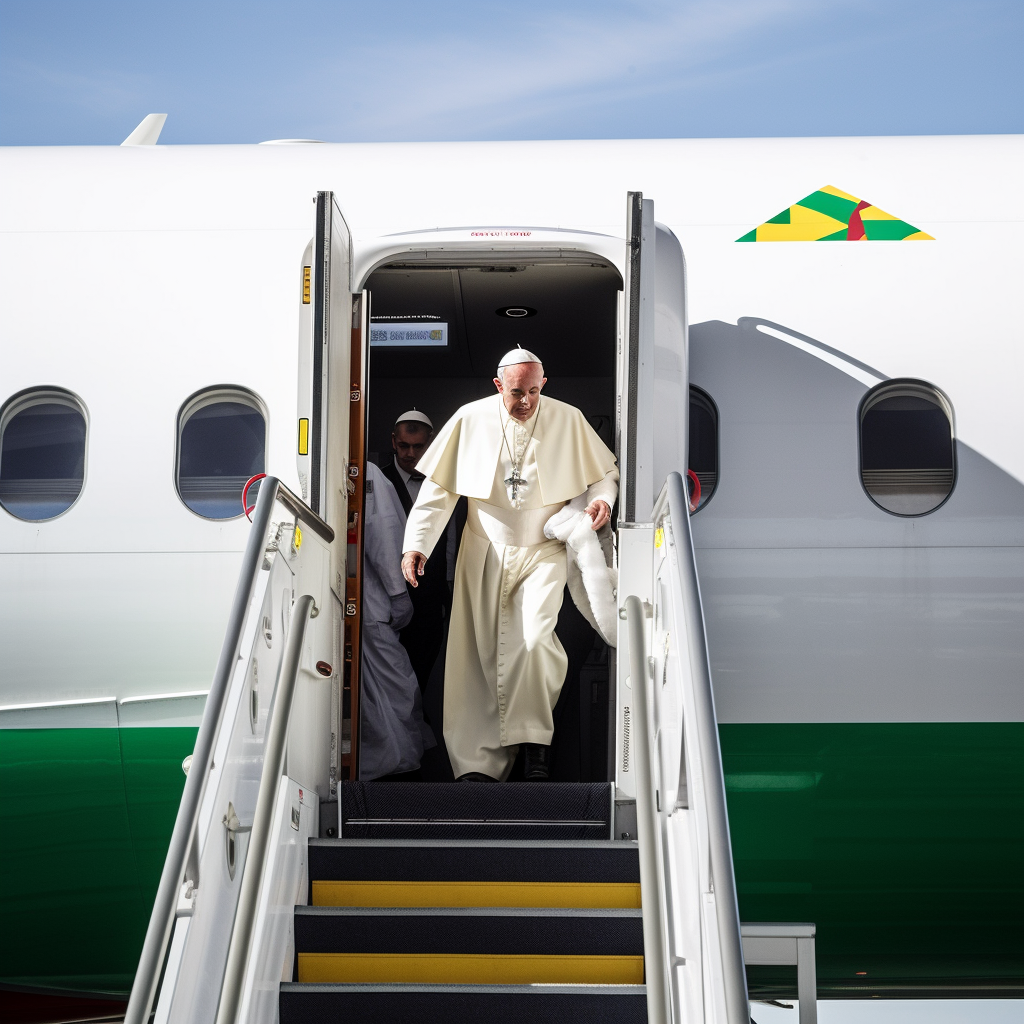
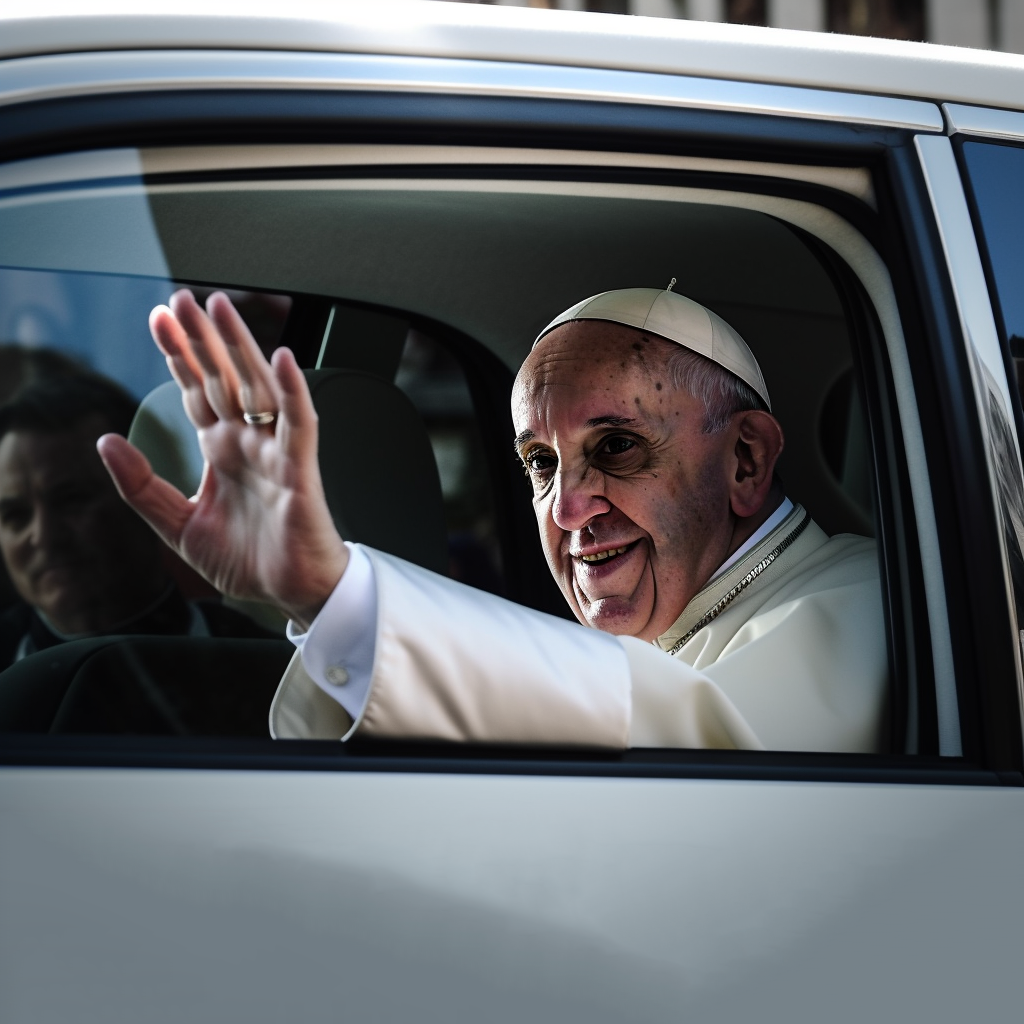

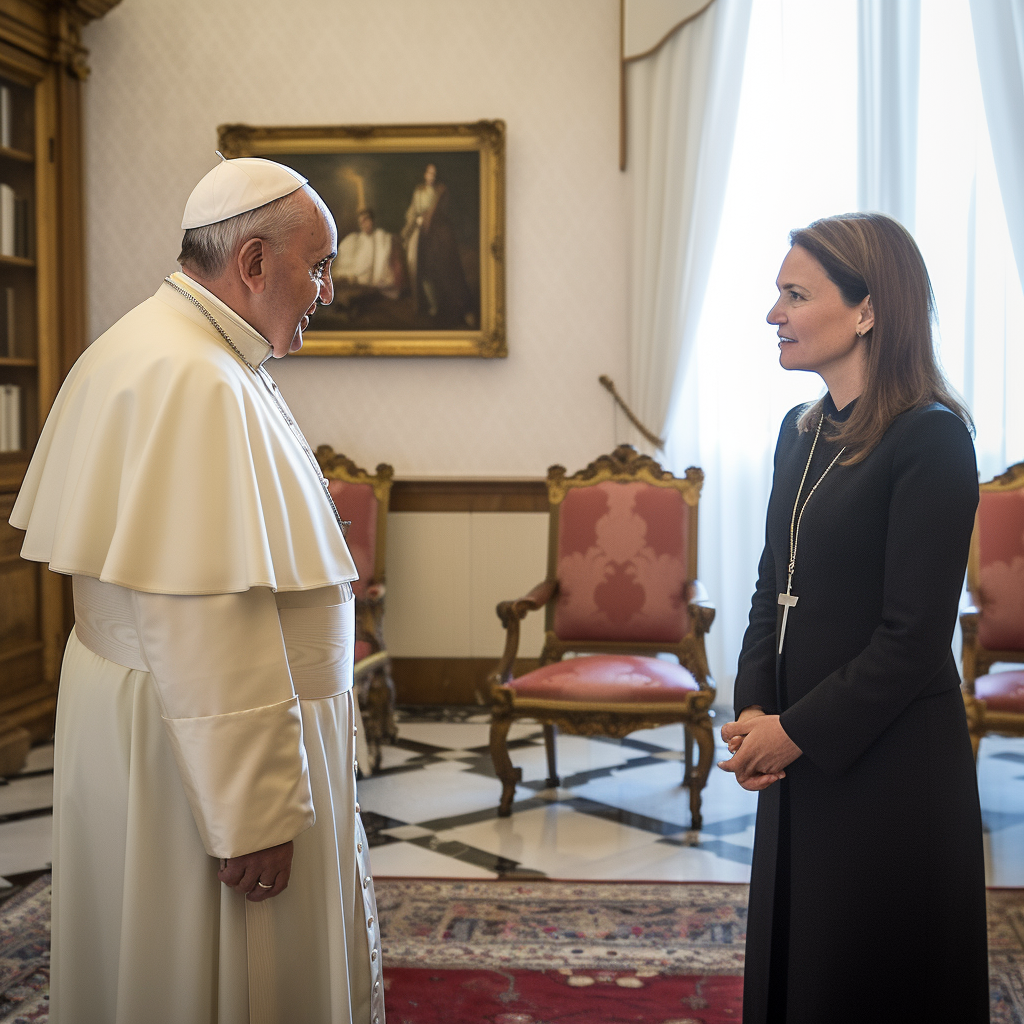
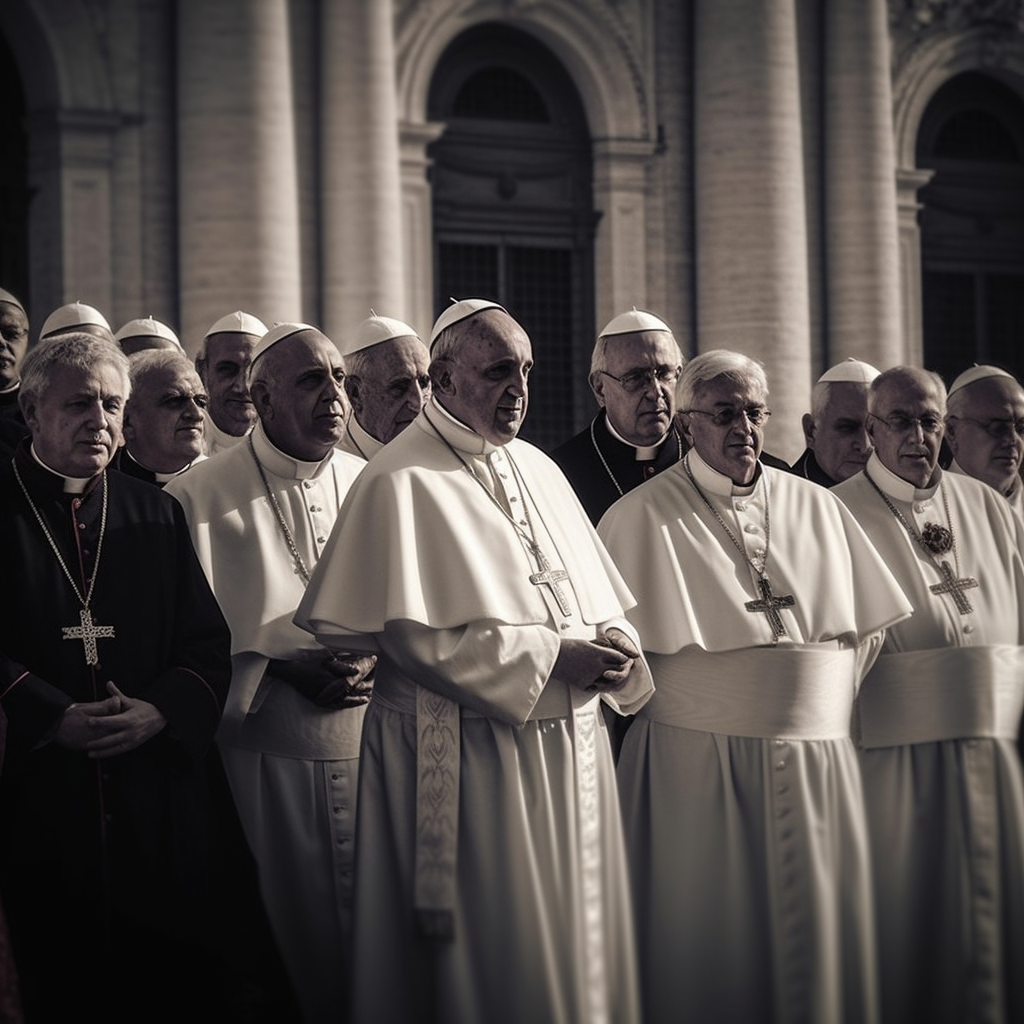
While the first day is about meetings with political and religious figures, all the stops on the second day will be about Hungarian people, young people and minority communities. From the Apostolic Nunciature, the first leg of his journey will take him to the Blessed Batthyány-Strattmann László Institute, where he will meet children with special educational needs, and children with visual and mobility impairments. He will then go to Rózsák Square (Roses' Square) in the 7th district, where he will first meet with poor people and refugees at the Church of St. Elizabeth of the House of Árpád, and then with the Greek Catholic community at the Church of the Assumption of the Mother of God. According to the 2011 census of the Central Statistical Office, there are only 180,000 Greek Catholics in Hungary, a small community compared to the 3.6 million Roman Catholics. In the afternoon, he will meet with some 15,000 young people at the Papp László Sports Arena, before returning to the Nunciature for a private meeting with members of the Society of Jesus.

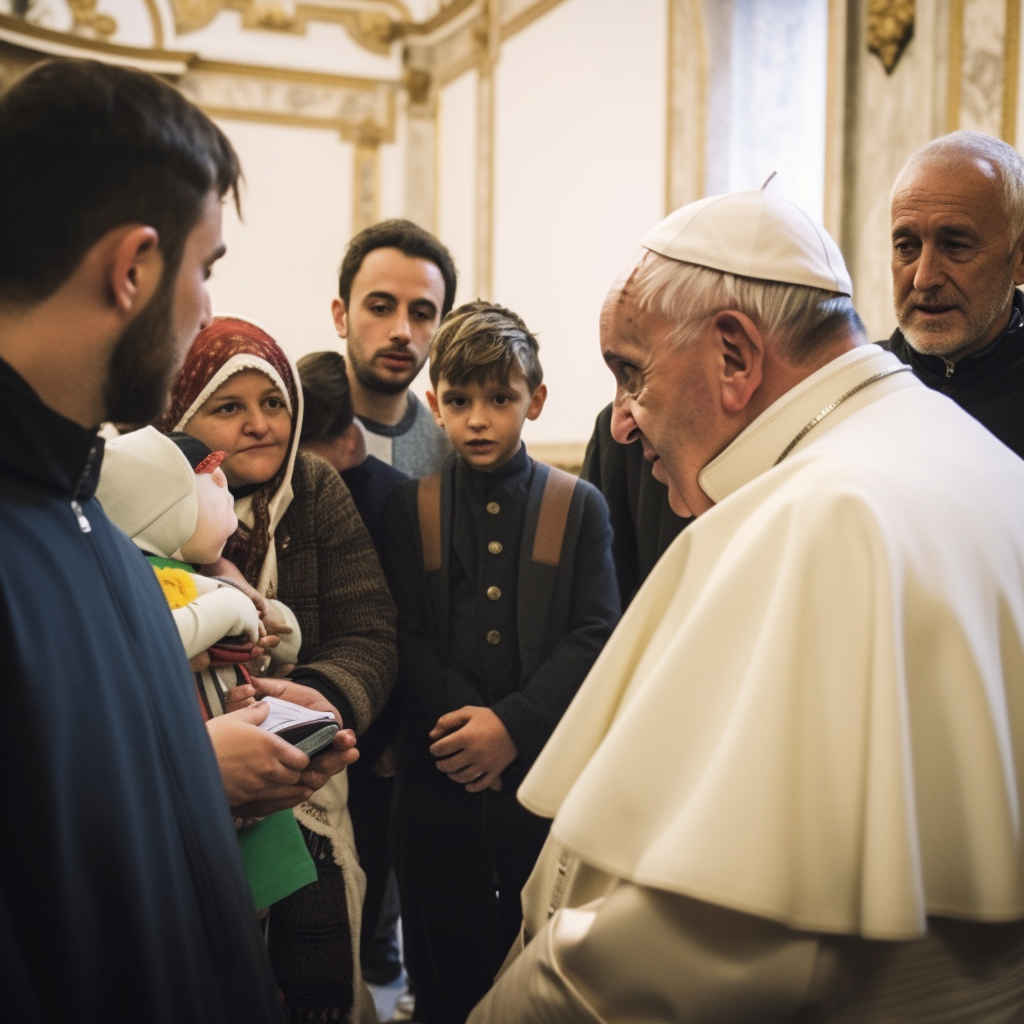

On the last day of his visit, he will celebrate Mass and pray the Regina Caeli prayer at Kossuth Square. In the afternoon, he will visit the Faculty of Information Technology and Bionics of the Pázmány Péter Catholic University, where he will meet representatives of the academic and cultural life, and students of the university will have the opportunity to meet the Pope. His three-day visit to Hungary will end at 17:30.
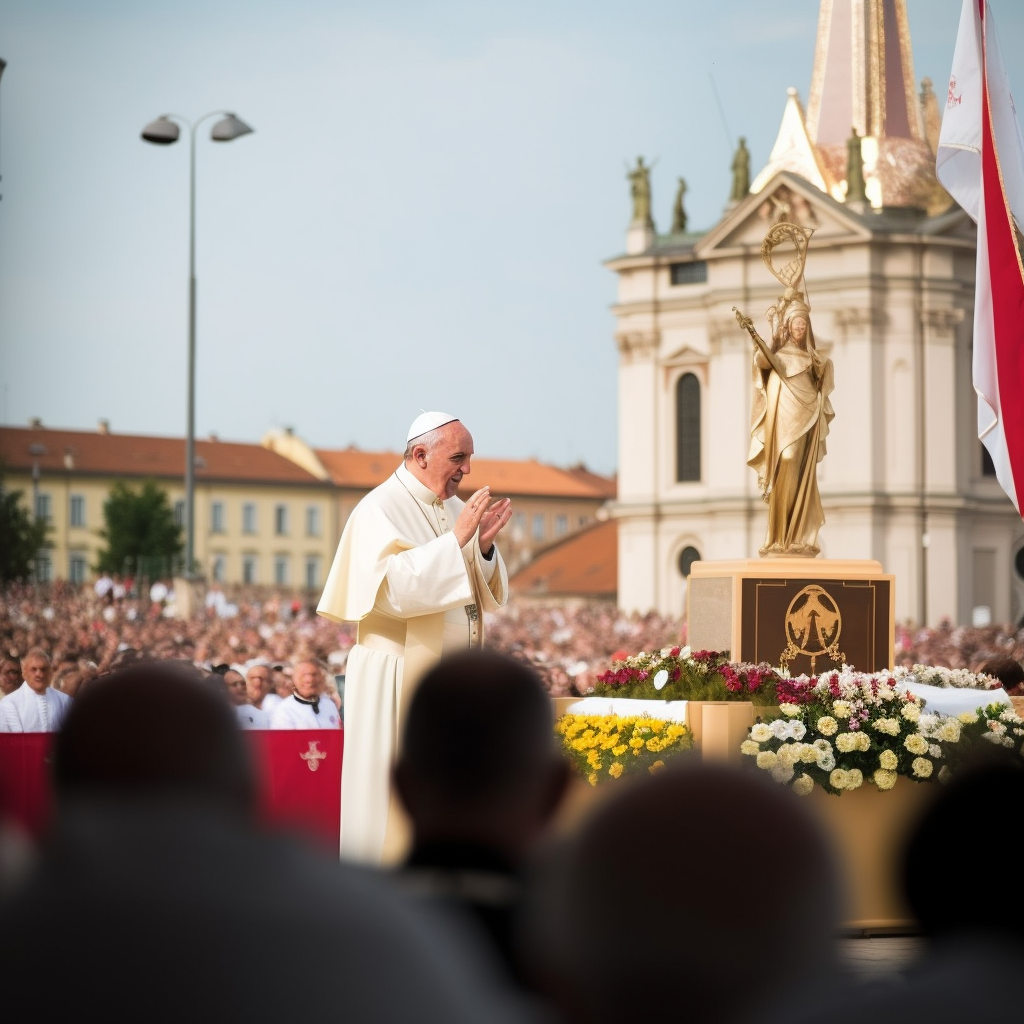

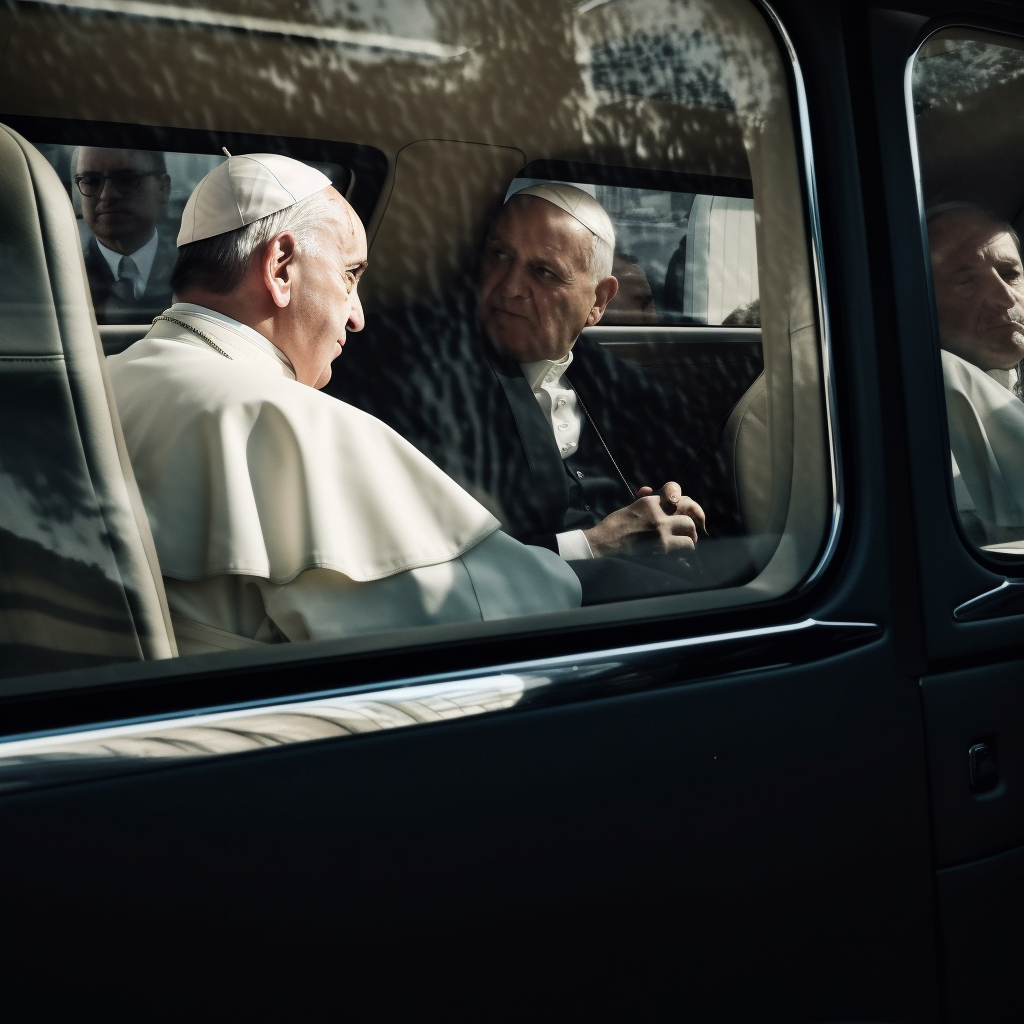


Papal visits around the world
The beginnings of modern papal visits can be traced back to Paul VI, who, unlike his predecessors, made many trips abroad. Elected Pope in 1963, he visited all six continents between 1964 and 1970, earning him the nickname of the Pilgrim Pope. This tradition was continued by his successors. Including Pope Francis' second trip to Hungary, popes have visited a total of 143 countries in 179 trips. The four Popes - Paul VI, John Paul II, Benedict XVI, Francis - visited a total of 324 countries, many of the trips being to the same country: 11 visits to Poland, 10 to the United States of America and 9 to Jordan. Their travels total 920 days, equivalent to 4.2 percent of their combined papacy. In the next chapter, we will look at these trips in more detail.
Pope Francis has visited countries on sixty-two occasions, including two visits to Greece, Cuba and now Hungary. Of the sixty-two times, he has visited Europe twenty times, Asia nineteen times, Africa ten times, South America seven times and North America six times. He has not yet visited Australia or Oceania.
His first trip was to Rio de Janeiro for World Youth Day. During the eight-day visit, the Pope gathered nearly 3.5 million pilgrims for a Mass on Copacabana beach. The trip was organised for his predecessor Benedict XVI, but he retired before the visit.
His visit to the Philippines in January 2015 became the largest papal event in history, with some 6-7 million people attending the last Mass in Manila, surpassing the largest papal event in history 20 years earlier, the 1995 World Youth Day in the same location.
Before Hungary, he had visited two countries twice: Cuba and Greece. He first visited Cuba on 19 September 2015 and spent two days there. He visited Cuba for the second time at the beginning of his 2016 trip to Mexico, where he met Patriarch Kirill of Moscow at Havana José Martí International Airport. The two religious leaders signed a thirty-point joint declaration addressing global issues.
On 16 April 2016, he visited the Greek island of Lesbos to support thousands of refugees seeking refuge there or passing through the island on their way to Europe and beyond. His second visit to the country was longer, including a visit to the capital Athens, but this time he also returned to the island of Lesvos to meet refugees.
As well as Pope Francis, you can also see the journeys of the three 'travelling popes' before him using the search box in the top left-hand corner. Points and countries on the map can be filtered by Pope, continent and year.
Popes have visited many countries more than once. Poland tops the list, with eleven papal visits: John Paul II, of Polish origin, visited the country nine times, Benedict XVI and Francis once each. The United States of America follows with ten visits, with all four travelling popes. The chart below highlights countries with four or more visits.
The four travelling popes spent nearly a thousand days abroad during their pontificates. Unsurprisingly, John Paul II, who served nearly 10,000 days as Pope, travelled the most, 620 days, which by the end of his papacy accounted for 6.41 per cent of his total tenure. Pope Francis has been pope for a third of the time of John Paul II, but based on his current travels, he is unlikely to catch up with John Paul II. In any case, his travels have taken him 170 days abroad, 4.6 percent of his papacy.
After Paul VI, John Paul I became Pope, who was in the position for only 33 days, died suddenly of a heart attack, and had no foreign travels. His direct and serene personality made him immensely popular, and he was known colloquially as the 'smiling pope'.
The four popes have visited Europe the most, with a third of all their international travel (outside Italy) taking place here. More than half of Paul VI's 20 visits were to Asia, an exceptionally high proportion among the four popes. One third of Pope Francis' trips were to Europe, one third to Asia, and the remaining third to Africa and the Americas.
In addition to international travel, popes also make many domestic trips. In the Lazio region, where Rome is based, the Popes have travelled a total of 75 times. Paul VI and Benedict XVI have travelled most in this region. Lazio is also at the top of John Paul II's list, but ahead of it is the Aosta Valley in northern Italy, known as the former Pope's summer resort.
You can view the map of trips to Italy below and filter the map by pope, region and year using the filter box on the top left.

The history of papacy
Papacy is one of the longest-established institutions in the world and has played a prominent role in the history of Christianity and humanity as a whole. Up to Pope Francis, there have been 307 popes in power, but the legitimacy of many of them is questionable, either because they began their pontificate as antipopes or for other reasons. The Christian Church recognises 266 popes. The map below shows the place of birth of these popes.
85 percent of the popes (196) were born in Italy, with nearly half of them (42 percent, 112) coming from the Lazio region of Italy. Within the Lazio region, 85 of the popes were of Roman origin, one third of all popes. Of the non-Italian popes, France was the country with the highest number of popes, with 15. This was due to the so-called Avignon Captivity from 1309 to 1377.
Of the popes whose place of birth is known, only four were not from Europe. Three popes – Victor I, Miltiades and Gelasius I – were of African descent, but their exact place of birth is not known. Francis is the first Pope to come from Argentina in South America.
According to the teaching of the Roman Catholic Church, papacy was founded by Christ, thus conferring on him the supreme pastoral title. In their view, Peter the Apostle, known by his Catholic name of Saint Peter, became the first Pope when Jesus symbolically gave him the "keys" to the Kingdom of Heaven. According to Catholic doctrine, the current Pope is the successor of St. Peter in the Roman episcopate and the primacy that goes with it. They believe that the doctrine of the papacy is biblically based, and therefore St. Peter takes precedence among the apostles of Jesus. Since St. Peter was martyred in Rome, it is also the place where the centre of the papacy was built. The Pope is the current Bishop of Rome and the head of the universal Church.
The Roman bishops did not have real power until 4th century AD, under Constantine the Great, after which, according to historians, the papacy as an institution began to take shape. In the first three centuries of Christianity, we cannot speak of a papacy because this specific form of power did not exist. The history of the Roman bishops can only be traced back to the creation of the Episcopal Church, the episcopal institution (synod).
The number of popes who were members of a religious order is uncertain because of the lack of data. of the 266 popes, roughly 50 were known or assumed to have been members of an order. Most of them, 29, were members of the Benedictine Order. Membership of the order is also significant for Pope Francis. Since Gregory XVI, who was Pope between 1831 and 1846 and a member of the Camaldolese Order, Francis is the first Pope to belong to one of the Orders. Francis is a member of the Jesuit Order (Society of Jesus), the largest monastic order in the Roman Catholic Church.
Pope Francis (born Jorge Mario Bergoglio) is the first Pope to be a member of the Society of Jesus (Jesuits), the first from the Americas, the first from the southern hemisphere, and the first from outside Europe since Pope Gregory III of Syria in the 8th century.
Born in Buenos Aires, Argentina, Bergoglio spent time as a bouncer and janitor as a young man, then studied chemistry and worked as a technician in a food science laboratory. After recovering from a serious bout of pneumonia, he was inspired to join the Jesuits in 1958. He was ordained a Catholic priest in 1969 and served as Jesuit Provincial Superior of Argentina from 1973 to 1979. In 1998 he became Archbishop of Buenos Aires and was appointed Cardinal by Pope John Paul II in 2001. He led the Argentine Church during the Argentine riots of December 2001. Néstor Kirchner and Cristina Fernández de Kirchner’s government considered him a political rival.
Following Pope Benedict’s resignation on 28 February 2013, the papal conclave elected Bergoglio as his successor on 13 March. He chose the name Francis in honour of St Francis of Assisi as his papal name.

Methodology
The locations and events of Pope Francis's visit to Hungary have been compiled from the official website for the papal visit. The itinerary of the three-day visit is based on the Budapest Police Headquarters' announcement of closures. The illustrations were produced using an image-generating artificial intelligence (AI) tool called Midjourney. In the application, short text prompts can be used to create images. The AI tries to visually produce the text description based on a database of images used for learning. For many images, in order to get better results, we gave the AI an image similar to the one we hoped for, which allowed it to produce a more accurate image. For the papal trips, we used relevant Wikipedia articles and the official Vatican site használtuk. The data for the popes was compiled from the relevant Wikipedia sites and the official Vatican site. In each filter panel, the asterisked category "all" refers to the four travelling popes. Thanks to Aurél Márk Érszegi for the interview.
Tools used: GSAP ScrollTrigger JS, Parallax JS, Mapbox GL JS, Flourish, ChatGPT, Midjourney, Adobe Illustrator. Title font: Adobe Fonts, Vatican
Opening image: renaissance ceiling fresco with clouds and angels (Midjourney). End image: fresco of Pope Francis in the style of the painter Assisi Giotto (Midjourney)
Music: Poulenc - Quatre petites prières de Saint François d'Assise, snippet (1948). Tenebrae Choir, 2010
Created by
Krisztián Szabó, Luca Pete, Attila Bátorfy
Methodology
The locations and events of Pope Francis's visit to Hungary have been compiled from the official website for the papal visit. The itinerary of the three-day visit is based on the Budapest Police Headquarters' announcement of closures. The illustrations were produced using an image-generating artificial intelligence (AI) tool called Midjourney. In the application, short text prompts can be used to create images. The AI tries to visually produce the text description based on a database of images used for learning. For many images, in order to get better results, we gave the AI an image similar to the one we hoped for, which allowed it to produce a more accurate image. For the papal trips, we used relevant Wikipedia articles and the official Vatican site használtuk. The data for the popes was compiled from the relevant Wikipedia sites and the official Vatican site. In each filter panel, the asterisked category "all" refers to the four travelling popes. Thanks to Aurél Márk Érszegi for the interview.
Tools used: GSAP ScrollTrigger JS, Parallax JS, Mapbox GL JS, Flourish, ChatGPT, Midjourney, Adobe Illustrator. Title font: Adobe Fonts, Vatican
Opening image: renaissance ceiling fresco with clouds and angels (Midjourney). End image: fresco of Pope Francis in the style of the painter Assisi Giotto (Midjourney)
Music: Poulenc - Quatre petites prières de Saint François d'Assise, snippet (1948). Tenebrae Choir, 2010
Krisztián Szabó, Luca Pete, Attila Bátorfy
